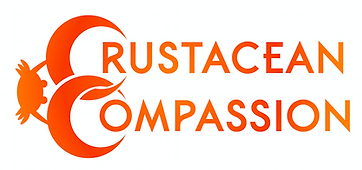Document type: article deposited on bioRxiv
Authors: Matilda Gibbons, Elisa Pasquini, Amelia Kowalewska, Eva Read, Sam Gibson, Andrew Crump, Cwyn Solvi, Elisabetta Versace, Lars Chittka
Preview: Self-grooming directed towards a noxiously-stimulated body part is one indicator that an animal may feel pain. In insects, the lack of evidence for such behaviour has been widely argued to reflect the absence of pain experiences. Here, we tested whether bumblebees (Bombus terrestris) selectively groom one of their antennae that was touched with a noxiously-heated (65 ̊C) probe. In the first two minutes after being touched with the noxiously-heated probe, bees groomed their touched antenna a) more than their untouched antenna, b) more than bees that were touched on the antenna with an unheated probe, and c) more than control (untouched) bees groomed either of their antennae. Our results clearly show that bumblebees can direct grooming towards a site of noxious stimulation. Our findings thus refute arguments that claim that insects do not feel pain because of their lack of displaying this behaviour.
Publication in New Scientist on January 26, 2024: Injured bees tend their own wounds, which suggests they feel pain

From the bioRxiv website


